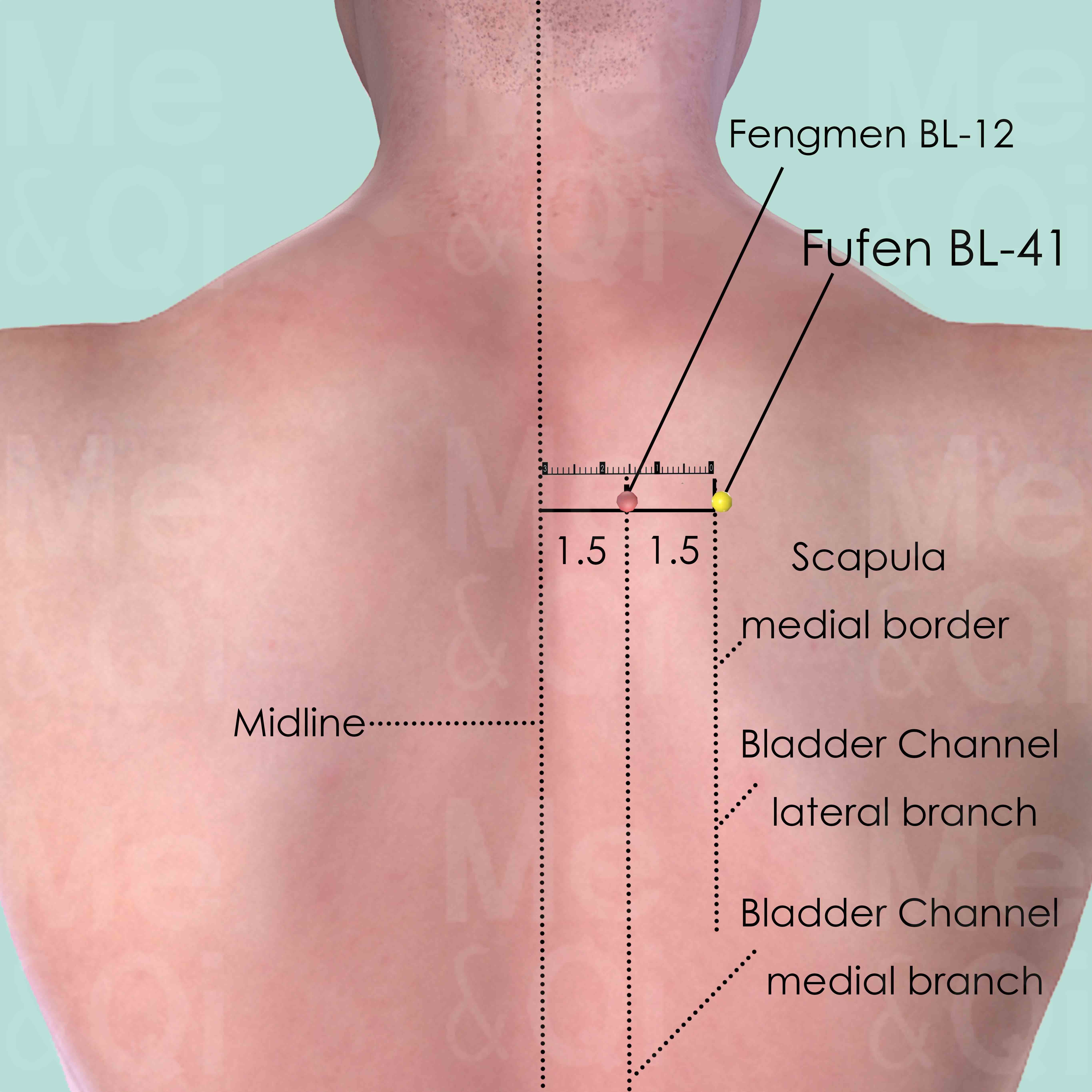Shoulder Contractionaccording to TCM
Symptom family: Joint Symptoms
What is Shoulder Contraction?
Shoulder contraction refers to the involuntary tensing or tightening of the shoulder muscles, leading to discomfort and restricted movement. This condition can be a temporary response to stress or cold or a chronic issue stemming from repetitive strain or underlying musculoskeletal disorders. When severe, it can limit the range of motion, making it difficult to raise the arm or perform tasks that require shoulder mobility.
How does TCM view Shoulder Contraction?
In the framework of Traditional Chinese Medicine (TCM), shoulder contraction is viewed as a disruption of the natural flow of Qi, the body's vital energy, and Blood through the meridians that traverse the shoulder region. This condition is often seen as a symptom of disharmony, where factors such as external Wind-Cold invasion or internal emotional stress lead to a blockage in the channels, causing pain and stiffness. TCM practitioners prioritize identifying the underlying pattern of disharmony to restore balance through targeted treatments such as acupuncture, herbal medicine, and Tui Na massage.
Acupoints for Shoulder Contraction
TCM emphasizes the use of specific acupoints to address the root cause of shoulder contraction. For example, Fufen BL-41, located on the Bladder Channel, is commonly utilized.
Stimulating this point is believed to help remove obstructions from the channel, alleviate pain, and expel pathogenic Wind-Cold, offering relief from the tension and tightness associated with shoulder contraction. By focusing on such strategic points, TCM aims to re-establish the free flow of Qi and Blood, easing the contracted muscles and enhancing shoulder movement.
See more details below about Fufen BL-41, an acupoint used to address shoulder contraction.
- By Meridian
- Bladder Channel

Fufen BL-41
3 cun (about 4 finger-breadths) lateral to the lower border of the spinous process of the 2nd thoracic vertebra (T2).
